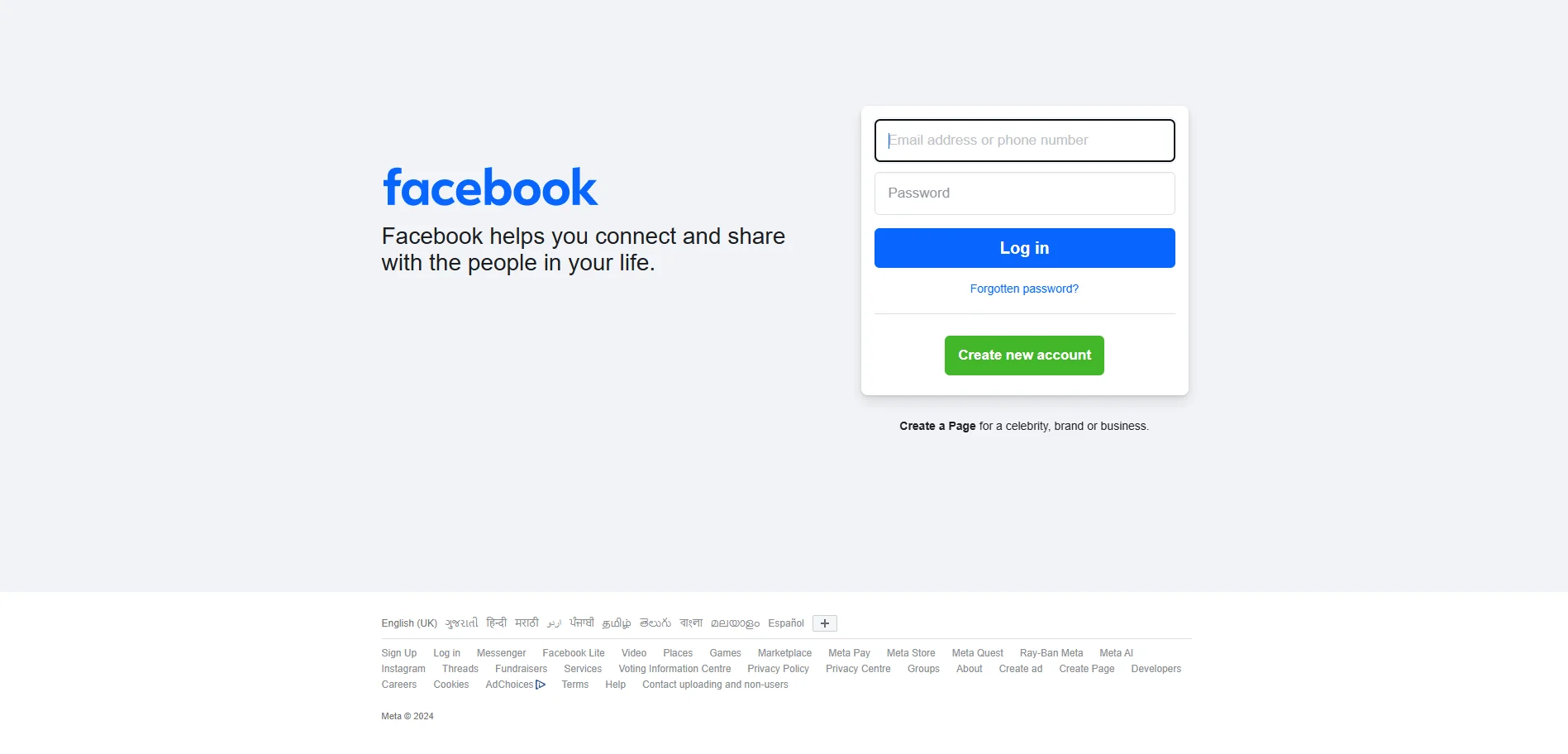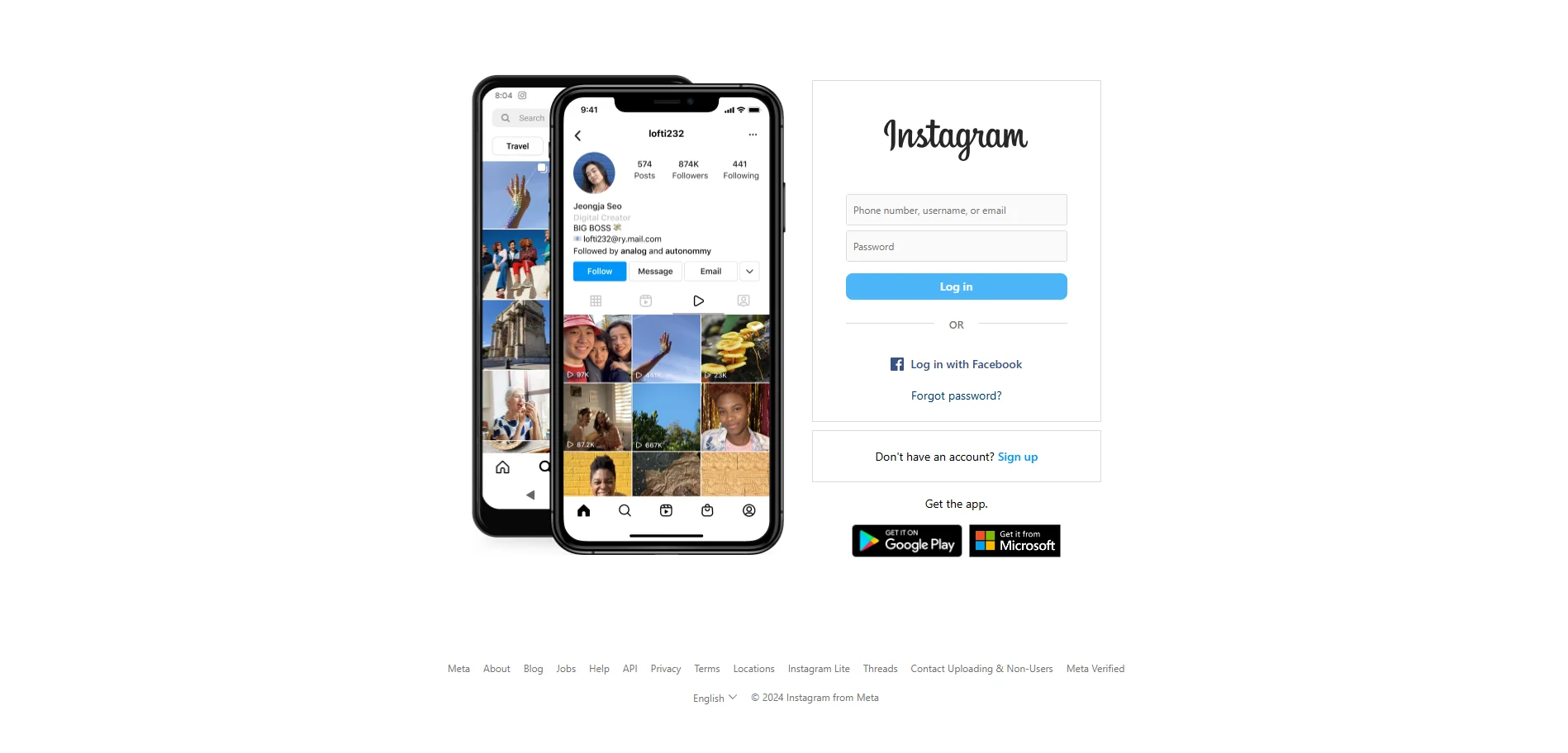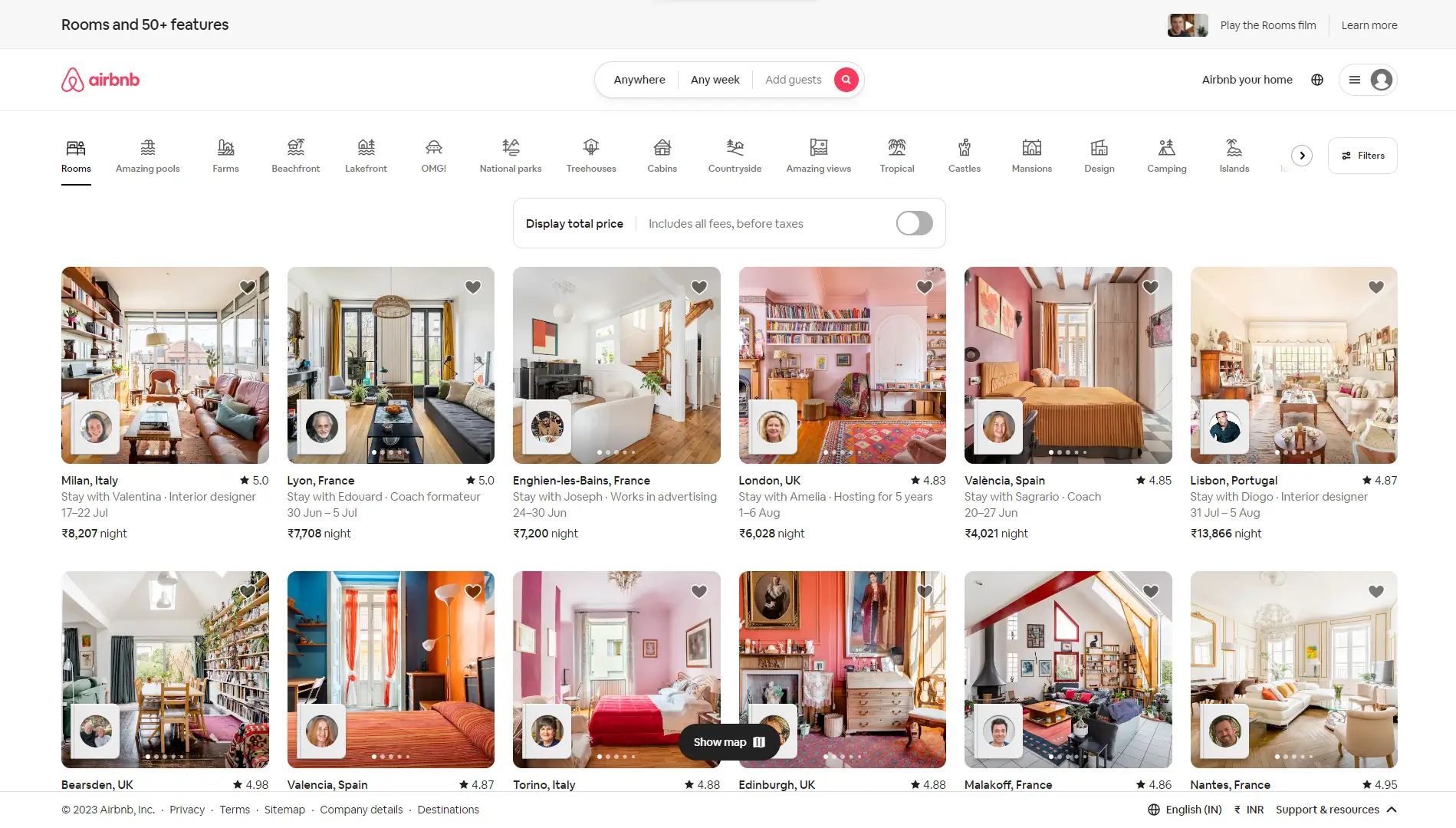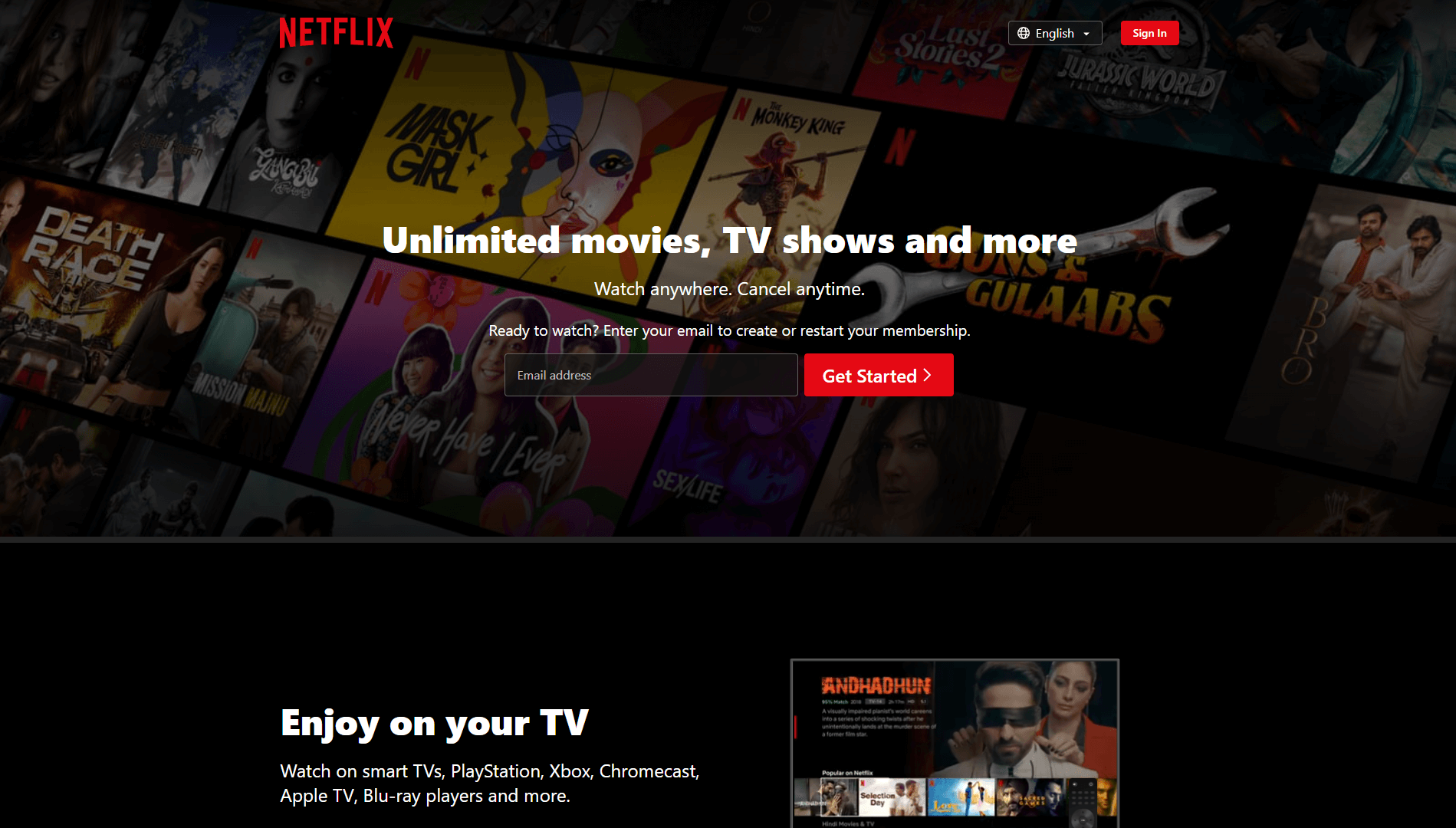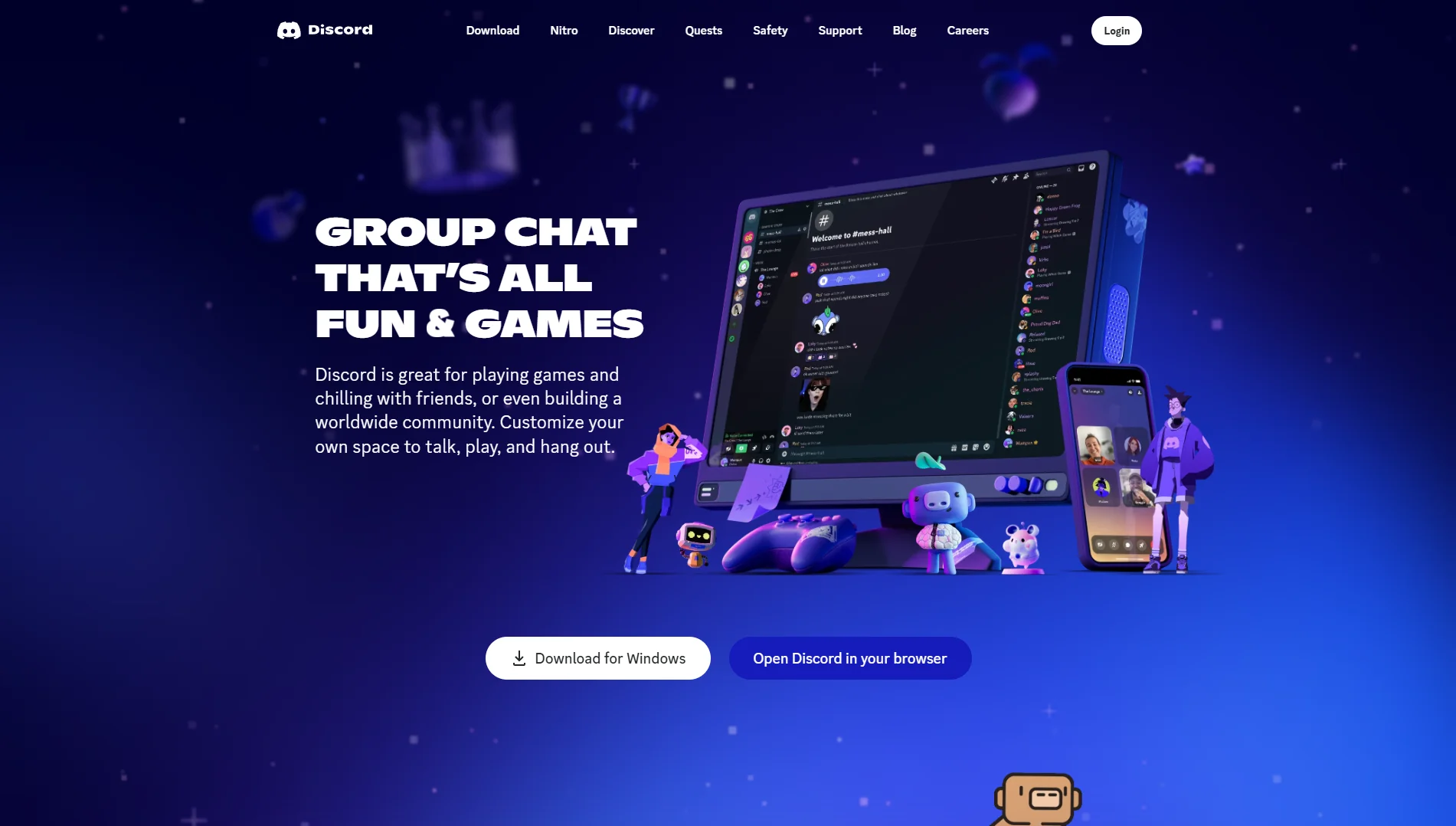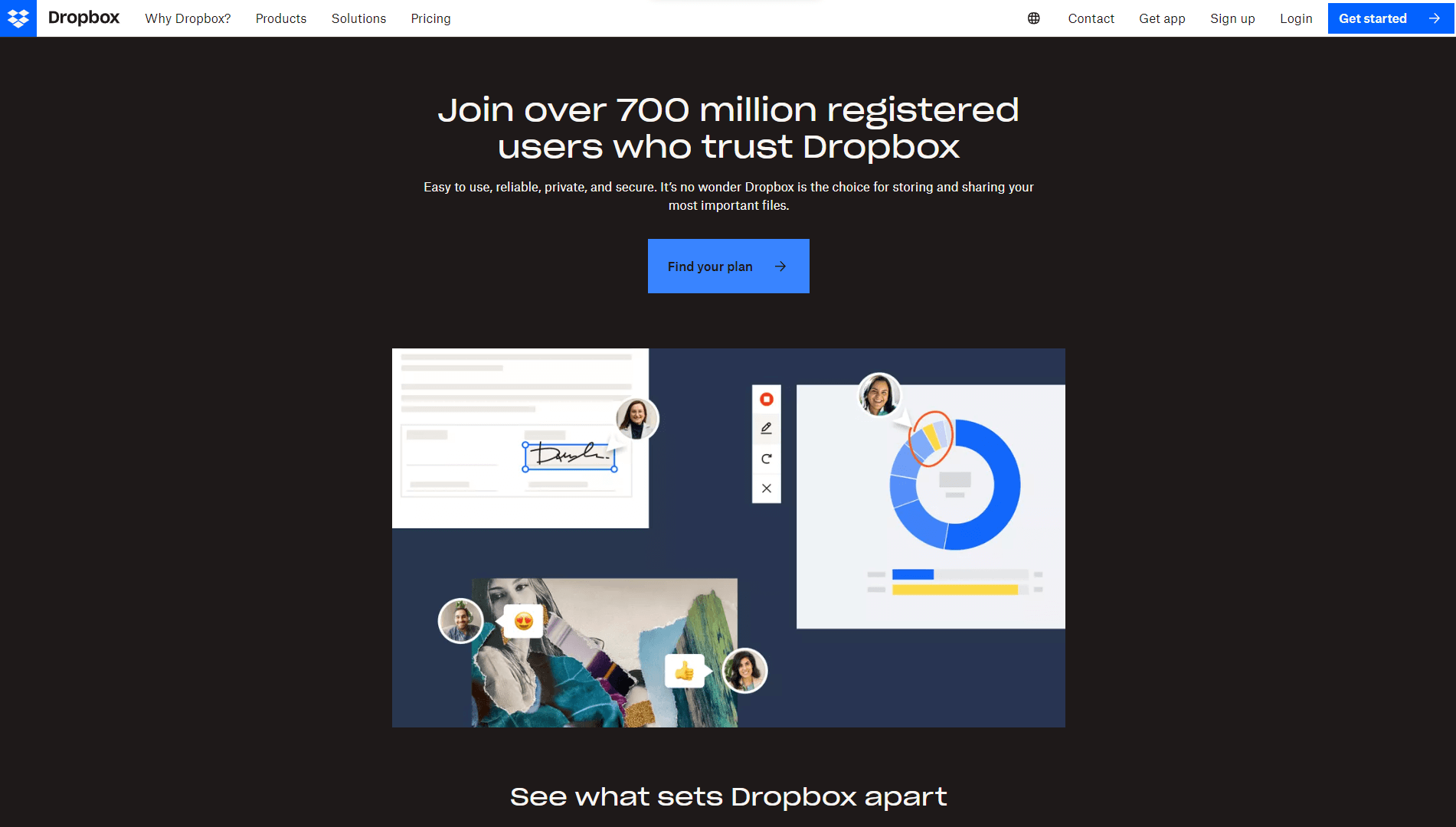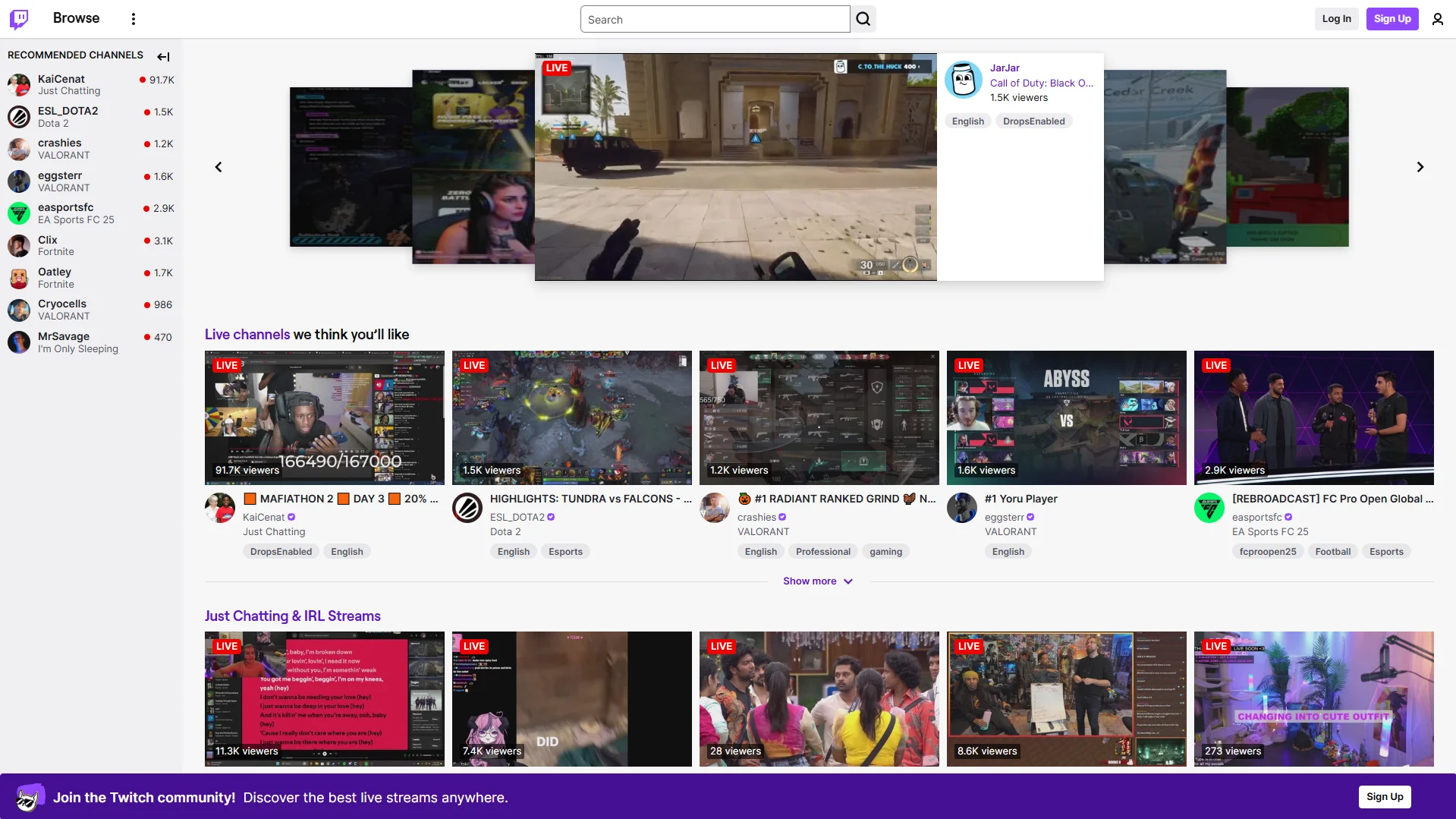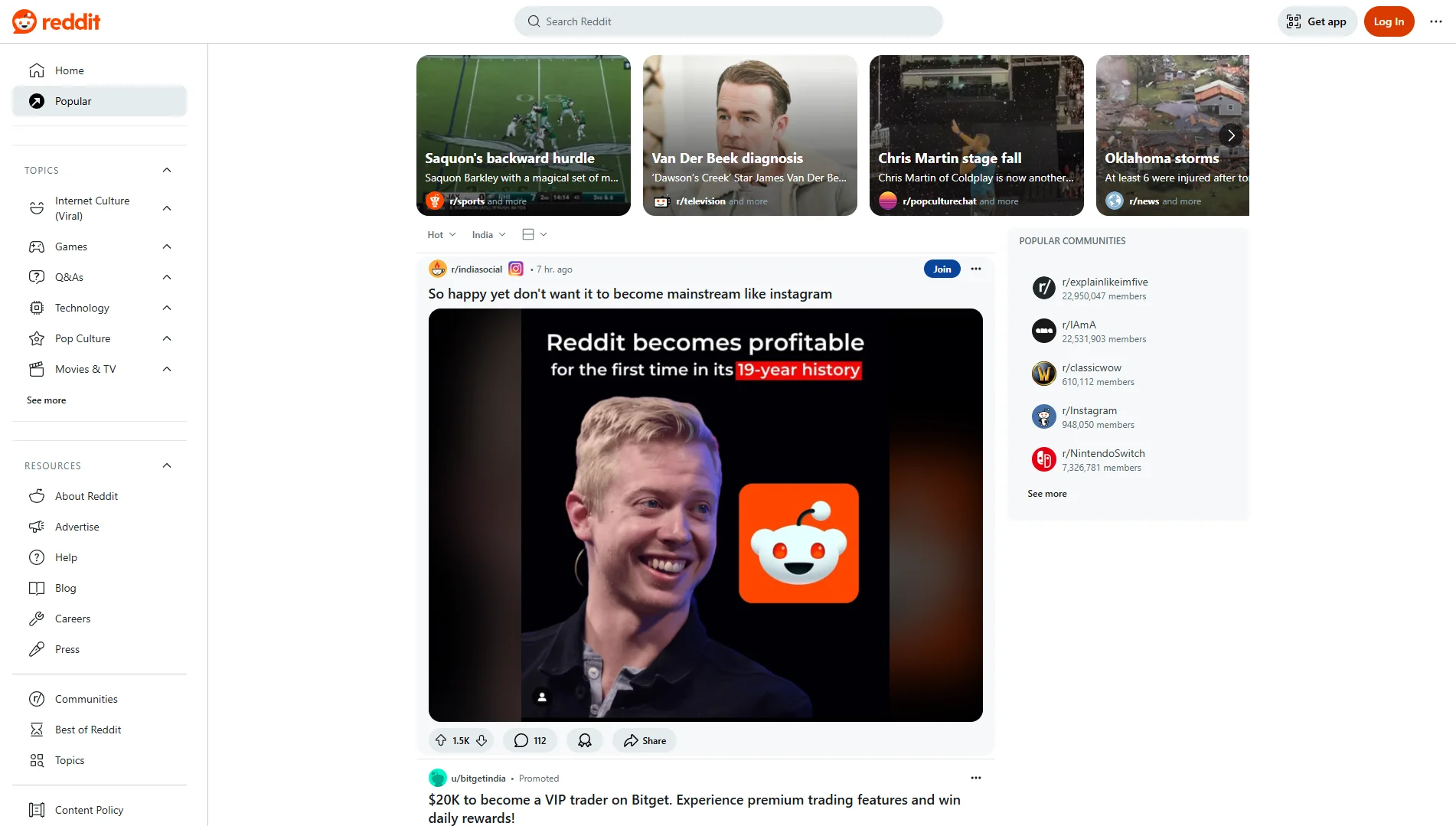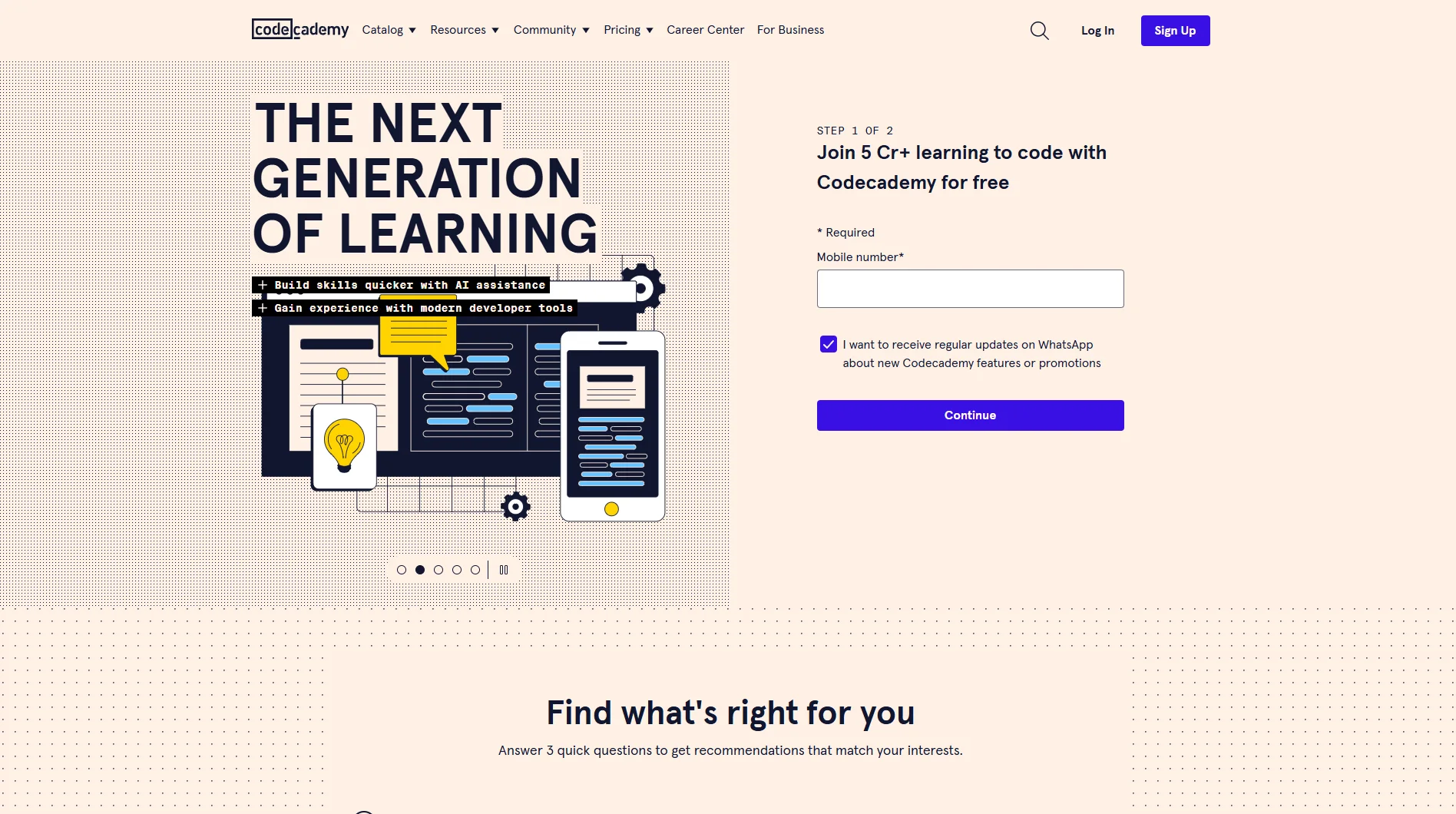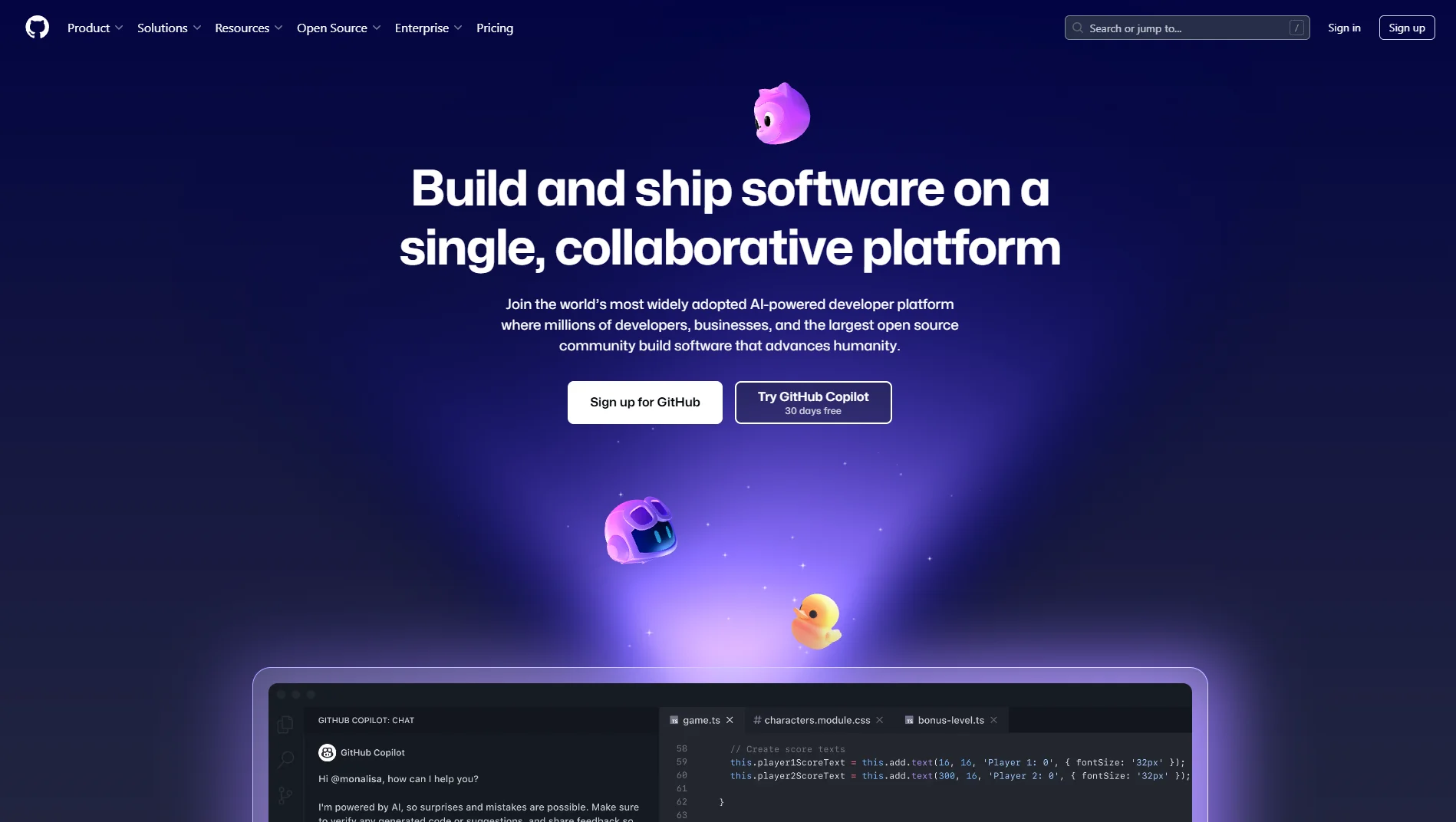Frameworks and libraries play a pivotal role in creating sites we encounter daily.
Among these tools, React has emerged as a frontrunner, revolutionizing the way developers build user interfaces for web applications.
This article aims to explore React in-depth, from its fundamental principles to its practical advantages in web development.
What is React?
React, also known as React.js or ReactJS, is an open-source JavaScript library developed by Facebook.
Launched in 2013, React quickly gained popularity due to its unique approach to building user interfaces.
React is designed to create reusable UI components that efficiently render data-driven views.
Unlike traditional MVC (Model-View-Controller) frameworks, React adopts a component-based architecture, breaking down the user interface into modular and reusable elements.
One of the defining features of React is its use of a virtual DOM (Document Object Model).
Instead of directly manipulating the browser’s DOM, React maintains a lightweight representation of the DOM in memory, known as the virtual DOM.
When changes occur in the application’s state, React reconciles these changes with the virtual DOM, determining the most efficient way to update the actual DOM.
This approach minimizes unnecessary re-renders and enhances performance, especially in complex applications with dynamic data.
Advantages of Using React In Web Development
-
Component-Based Architecture
React promotes a modular approach to UI development, where each component encapsulates its own logic and presentation.
This modularity enables developers to create reusable components, streamlining the development process and improving code maintainability.
-
Declarative Syntax
React utilizes a declarative syntax, allowing developers to describe how the UI should look based on the application’s state.
This declarative approach simplifies UI development by abstracting away the imperative DOM manipulation, making the code more predictable and easier to understand.
-
Virtual DOM
The virtual DOM in React facilitates efficient updates to the DOM by minimizing the number of DOM manipulations.
Instead of re-rendering the entire DOM tree, React selectively updates only the components that have changed, resulting in better performance and a smoother user experience.
-
Unidirectional Data Flow
React follows a unidirectional data flow, where data flows in a single direction from parent to child components.
This ensures predictable data flow and helps prevent unexpected side effects, making the application easier to debug and maintain.
-
Community and Ecosystem
React boasts a vibrant and active community of developers, contributing to a rich ecosystem of libraries, tools, and resources.
From state management libraries like Redux to component libraries like Material-UI, the React ecosystem offers solutions to various development challenges, empowering developers to build robust and feature-rich applications.
-
Cross-Platform Compatibility
With the rise of technologies like React Native, React extends its reach beyond the web, enabling developers to build native mobile applications using JavaScript and React.
This cross-platform compatibility allows for code reuse across web and mobile platforms, saving time and resources in the development process.
Most Popular Websites Built With React
#1. Facebook
Facebook, founded by Mark Zuckerberg in 2004, is the largest social networking platform globally.
It connects billions of users, allowing them to share updates, photos, videos, and interact with friends, family, and businesses.
Over the years, Facebook has evolved into a multifaceted platform offering various features such as News Feed, Messenger, Marketplace, Groups, Events, and more.
Key Features and Functionalities
- News Feed: Displays updates from friends, pages, and groups, personalized based on user preferences and interactions.
- Messenger: Instant messaging platform integrated with Facebook, enabling users to chat, share media, make voice and video calls.
- Marketplace: Facilitates buying and selling of goods locally, akin to a virtual classifieds section.
- Groups: Allows users to create, join, and participate in communities based on shared interests, hobbies, or affiliations.
- Events: Enables users to discover, RSVP to, and organize events, ranging from social gatherings to public meetings.
#2. Instagram
Instagram, launched in 2010 and later acquired by Facebook, is a popular photo and video-sharing social networking platform.
It allows users to capture, edit, and share visual content with their followers and explore content from other users and accounts they follow.
Features
- Feed: Displays photos and videos shared by accounts followed by the user, along with curated content based on interests.
- Stories: Short-lived, ephemeral content that disappears after 24 hours, encouraging real-time sharing and engagement.
- Explore: Curates content from accounts users may not follow, based on their interests and activity.
- Direct Messaging: Allows users to send private messages, photos, and videos to other users.
#3. Airbnb
Airbnb, founded in 2008, is an online marketplace for lodging, primarily homestays, and tourism experiences.
It connects travelers seeking accommodation with hosts offering lodging options ranging from apartments and houses to unique properties and experiences.
Features
- Search and Booking: Enables users to search for lodging options based on location, dates, price range, and amenities, and book accommodations directly through the platform.
- Host and Guest Profiles: Allows hosts to create profiles showcasing their properties and hospitality, and guests to create profiles with reviews and recommendations.
- Reviews and Ratings: Provides a review system where guests can rate their stay and leave feedback, helping future guests make informed decisions.
- Messaging: Facilitates communication between hosts and guests regarding booking inquiries, check-in details, and other questions.
#4. Netflix
Netflix, founded in 1997, is a leading subscription-based streaming service offering a vast library of movies, TV shows, documentaries, and original content.
It operates in over 190 countries and boasts millions of subscribers worldwide.
Features
- Personalized Recommendations: Netflix utilizes algorithms to analyze user viewing history and preferences, offering personalized recommendations for content tailored to individual tastes.
- Content Categories: Provides a diverse range of content categories, including action, comedy, drama, sci-fi, documentaries, and more, catering to a wide audience.
- Seamless Streaming: Offers seamless streaming of high-quality video content across various devices, including smart TVs, smartphones, tablets, and computers.
- Offline Viewing: Allows users to download select titles for offline viewing, providing flexibility and convenience, especially for users with limited internet access.
#5. WhatsApp Web
WhatsApp, founded in 2009 and later acquired by Facebook, is a popular messaging application used by billions of users worldwide.
WhatsApp Web is a web-based extension of the mobile app, allowing users to send and receive messages, photos, videos, and documents from their desktop or laptop.
Features
- Messaging: Enables users to send text messages, photos, videos, and voice messages to individual contacts or groups.
- Voice and Video Calls: Supports voice and video calling features, allowing users to make free calls over the internet to other WhatsApp users.
- File Sharing: Facilitates the sharing of documents, PDFs, spreadsheets, and other files directly within the chat interface.
- End-to-End Encryption: Ensures the privacy and security of user communications by encrypting messages end-to-end, preventing unauthorized access.
#6. Discord
Discord, launched in 2015, is a popular communication platform primarily used by gamers to chat, voice call, and collaborate during gaming sessions.
It offers text and voice chat channels, server-based communities, and integration with gaming platforms and services.
Features
- Text and Voice Chat: Provides text and voice chat channels for users to communicate with each other in real-time, individually or in groups.
- Server Communities: Allows users to create and join servers based on shared interests, games, or communities, fostering engagement and collaboration.
- Rich Media Integration: Supports the sharing of images, videos, GIFs, and links within chat channels, enhancing communication and interaction.
- Role-Based Permissions: Enables server admins to assign roles and permissions to users, controlling access to channels, features, and administrative functions.
#7. Dropbox
Dropbox, founded in 2007, is a cloud storage service that allows users to store, synchronize, and share files and folders across devices and platforms.
It offers a range of storage plans for individuals, businesses, and teams, along with collaboration features such as file sharing, commenting, and version history.
Features
- File Storage and Syncing: Provides secure cloud storage for files and folders, enabling users to access their data from any device with an internet connection.
- File Sharing and Collaboration: Facilitates sharing of files and folders with other users, allowing for collaboration on documents, presentations, and projects.
- Version History and Recovery: Offers version control and recovery options, allowing users to revert to previous versions of files and recover deleted items.
- Security and Encryption: Implements robust security measures, including encryption, two-factor authentication, and granular permissions, to protect user data and privacy.
#8. Twitch
Twitch, founded in 2011, is a live streaming platform primarily focused on gaming, esports, and creative content.
It enables users to broadcast live gameplay, interact with viewers through chat, and discover a wide range of content creators and communities.
Features
- Live Streaming: Enables users to broadcast live gameplay, creative content, and other activities in real-time to a global audience.
- Chat Interaction: Provides chat functionality alongside live streams, allowing viewers to engage with broadcasters and each other through text messages, emojis, and reactions.
- Channel Subscriptions: Allows viewers to subscribe to channels to support their favorite streamers and access exclusive perks such as ad-free viewing and subscriber-only chat.
- Community Building: Facilitates the creation of communities and fan bases around specific games, genres, or content creators, fostering engagement and interaction.
#9. Reddit
Reddit, founded in 2005, is a social news aggregation, web content rating, and discussion platform.
It features user-generated content organized into communities called “subreddits,” covering a wide range of topics, interests, and discussions.
Features
- Subreddits: Organizes content into thematic communities based on topics, interests, hobbies, and discussions, allowing users to subscribe to and participate in specific communities.
- Upvoting and Downvoting: Enables users to vote on posts and comments, determining their visibility and ranking on the platform.
- Comment Threads: Facilitates threaded discussions on posts, allowing users to reply to comments and engage in conversations with other users.
- Content Sharing: Allows users to submit links, images, videos, and text posts to share with the community, fostering content discovery and exploration.
#10. Codecademy
Codecademy, founded in 2011, is an online interactive platform that offers coding courses, tutorials, and exercises to help individuals learn programming languages, website development, data science, and more.
Features
- Interactive Learning: Provides interactive coding exercises, quizzes, and projects to help learners practice and apply programming concepts in a hands-on manner.
- Curriculum Variety: Offers courses and tutorials covering a wide range of programming languages, frameworks, and technologies, catering to beginners and advanced learners alike.
- Progress Tracking: Allows users to track their learning progress, completion status, and achievements, providing motivation and feedback throughout their learning journey.
- Community Support: Facilitates peer learning and collaboration through forums, discussion boards, and community events, allowing users to connect with fellow learners and mentors.
#11. GitHub
GitHub, founded in 2008, is a web-based platform for version control using Git.
It provides hosting for software development projects, collaboration tools, and social networking features for developers and teams.
Features
- Version Control: Allows developers to track changes to code, collaborate on projects, and manage revisions using Git, a distributed version control system.
- Code Hosting: Provides hosting for Git repositories, allowing developers to store, share, and collaborate on codebases, libraries, and projects.
- Issue Tracking: Facilitates project management and collaboration through issue tracking, bug reporting, and task management features, enabling teams to prioritize and address issues efficiently.
- Pull Requests: Enables developers to propose changes, review code, and merge contributions from other users through pull requests, fostering collaboration and code quality.
Ready to Build Your React Website?
React has proven to be a vital tool in the development of popular websites across various domains, ranging from social media platforms to streaming services, e-commerce platforms, and educational websites.
Its component-based architecture, efficient rendering, and state management capabilities have enabled developers to create dynamic, responsive, and feature-rich user interfaces that enhance user engagement and satisfaction.
If you want to build your website on React for your next web project. Intelivita’s team of experienced React developers is here to help you.
Whether you’re looking to build a social media platform, an e-commerce website, an educational platform, or any other web application, we have the expertise and resources to deliver high-quality, custom solutions tailored to your specific needs.
Don’t settle for anything less than the best.
Partner with us for your React development needs and take your web project to the next level.

